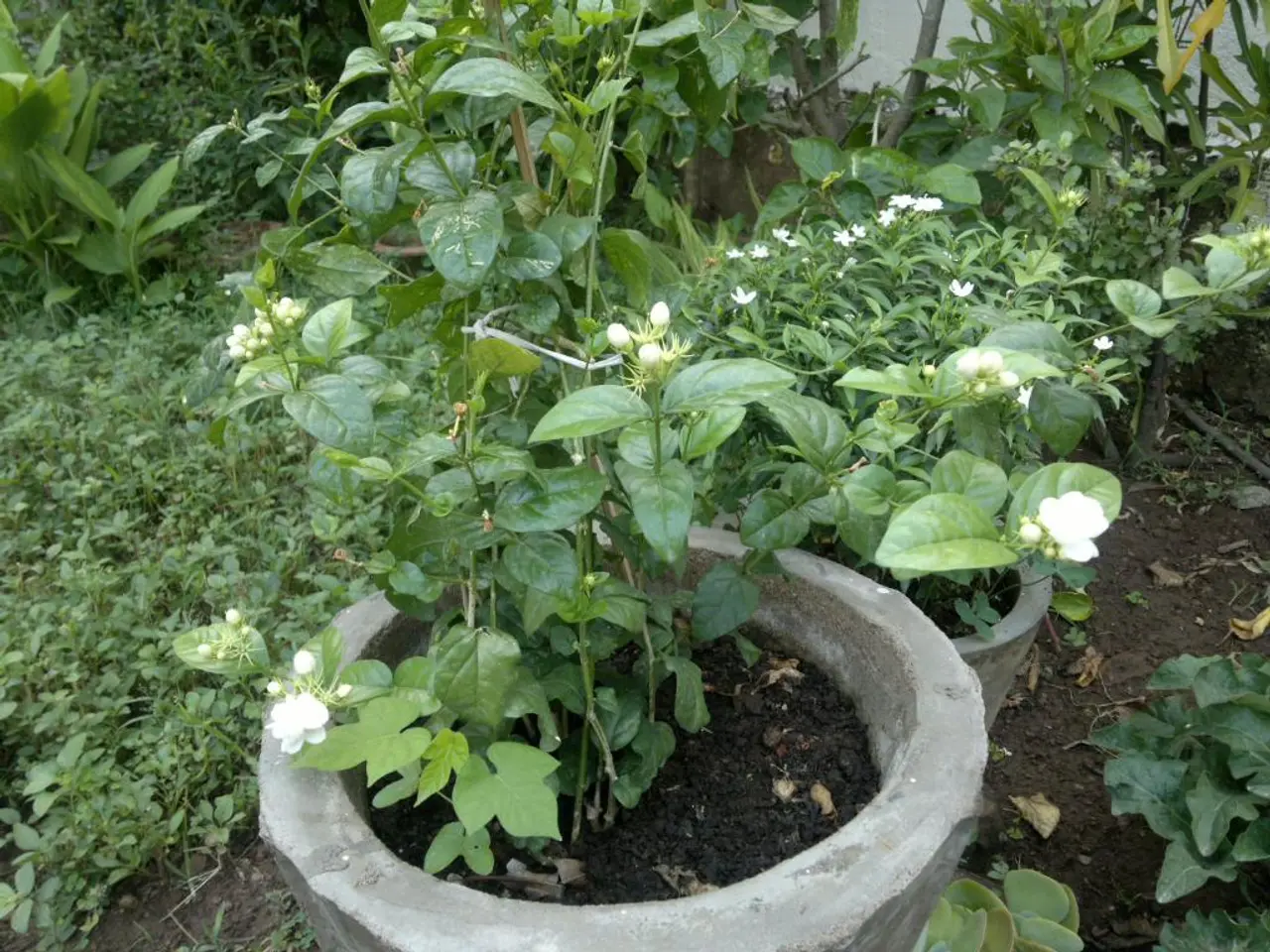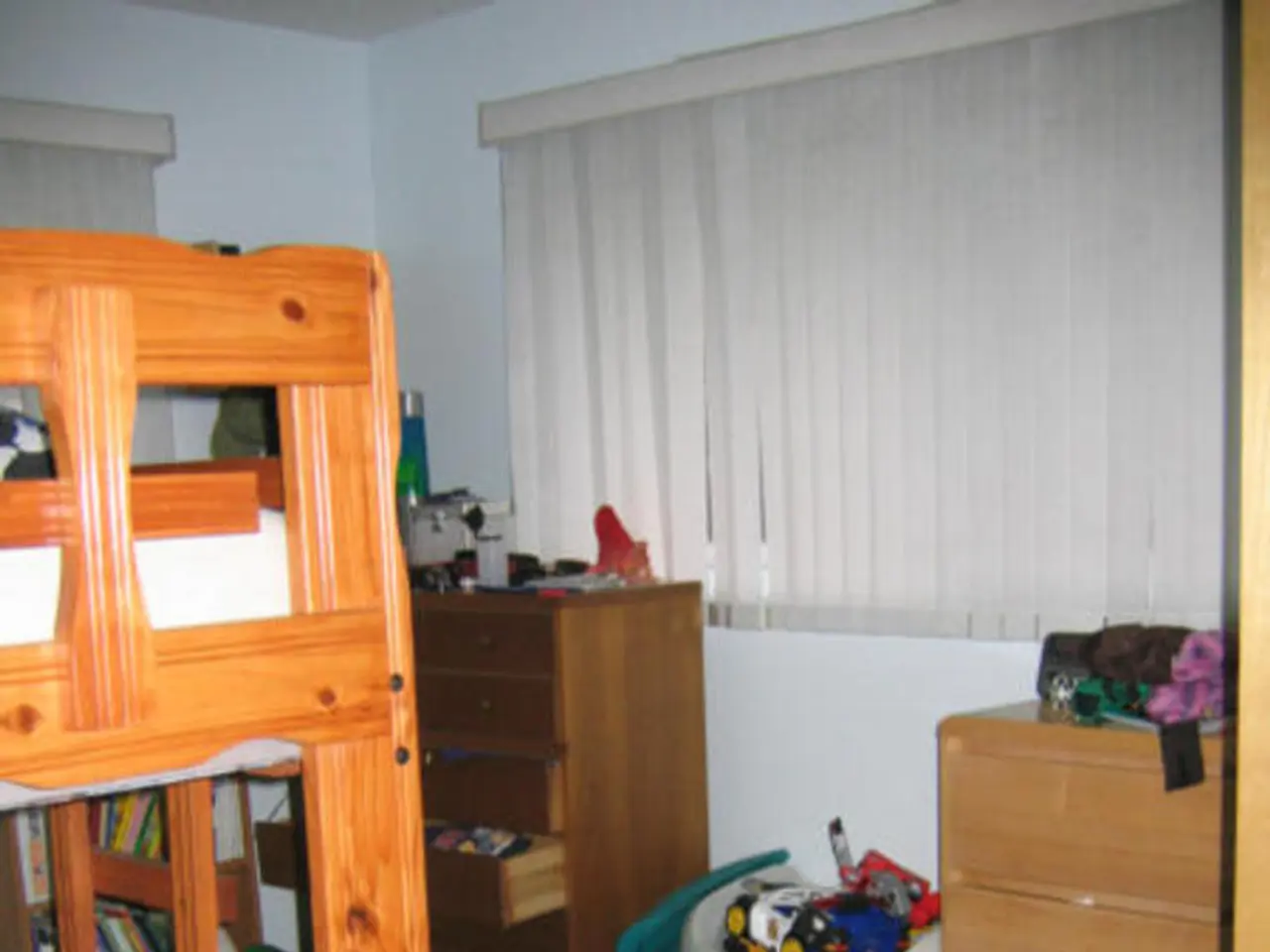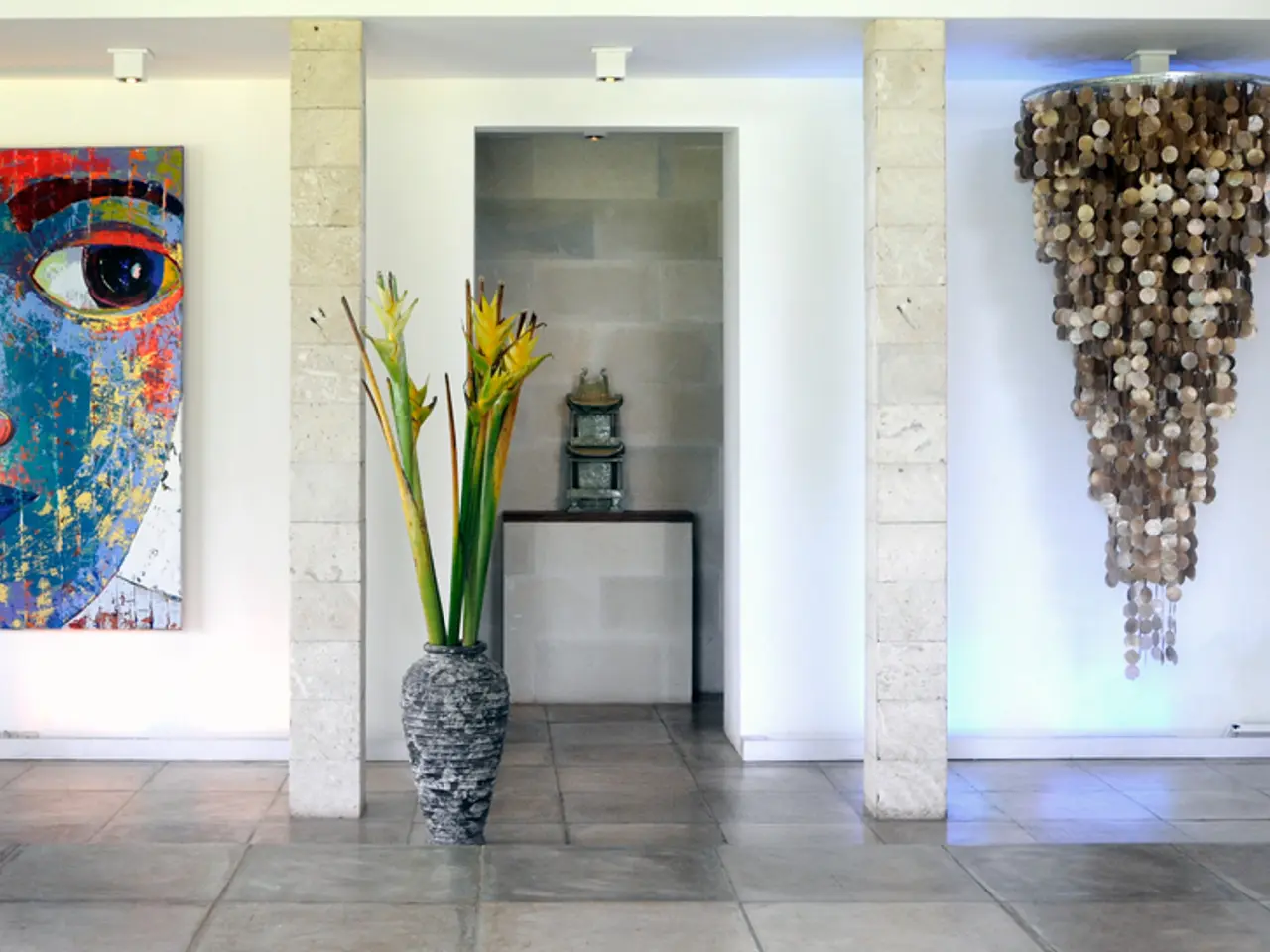Differences Between Terrarium, Vivarium, and Other "Ariums" Clarified
In the realm of horticulture and zoology, terrariums, vivariums, and other "-arium" enclosures have gained popularity as a means to create miniature replicas of natural environments for plants, animals, or both. Each type of enclosure has its own unique features, construction, and intended inhabitants.
Terrariums, often made of glass or plastic, are transparent containers designed primarily for showcasing plants, often tropical, humidity-loving species, in a mostly or completely closed environment. The focus is on creating a self-sustaining, low-maintenance ecosystem, sometimes with no animal presence. On the other hand, vivariums are broader terms for enclosures that house living organisms, usually animals, in a replicated natural habitat. While a terrarium can be considered a type of vivarium, the latter is most commonly associated with enclosures for reptiles, amphibians, or other small animals, sometimes with plants as part of the habitat.
Aquariums, filled with water or a water-based ecosystem, are designed for aquatic life (fish, invertebrates, and aquatic plants). Paludariums, a hybrid combining terrestrial and aquatic environments, support both land plants and animals as well as aquatic organisms. Insectariums are containers dedicated entirely to growing insects and related invertebrates, while aviaries are for birds, often much larger and with a focus on flight space.
The construction of these enclosures varies significantly. Terrariums, due to their focus on humidity retention, are often lidded and smaller to medium in size. Vivariums, larger and more robust, require ventilation and lighting, and can be constructed differently due to the need for additional artificial components. Aquariums are waterproof and often rectangular in shape, with filtration, aeration, and heating systems. Paludariums are medium to large, landscaped, and contain both aquatic and terrestrial features. Insectariums are ventilated, secure, and sometimes include soil or plants, while aviaries are large, open, and feature perches for the birds.
In terms of contents and inhabitants, terrariums primarily house plants (e.g., ferns, mosses, small tropicals), sometimes with minimal fauna like springtails or isopods as cleanup crew. Vivariums focus on animals (reptiles, amphibians, small mammals), often with live plants and a bioactive substrate for a complete ecosystem. Aquariums contain fish, aquatic invertebrates, and aquatic plants. Paludariums house a mix of terrestrial plants, aquatic animals, and sometimes semi-aquatic reptiles or amphibians. Insectariums are dedicated to insects, arachnids, and other invertebrates, while aviaries are for birds, sometimes with compatible plants.
In summary, terrariums are plant-focused, low-maintenance glass gardens, sometimes with a few invertebrates, and are often closed to maintain humidity. Vivariums are animal-focused, with plants as supplementary habitat, and require more environmental control for the well-being of their animal inhabitants. Aquariums are for aquatic life, paludariums blend land and water, insectariums are for terrestrial invertebrates, and aviaries are for birds. Understanding the differences between various "ariums" is crucial for hobbyists and professionals when selecting and designing enclosures for specific organisms or aesthetic goals.
Home-and-garden enthusiasts may find Garden Terrariums to be an appealing addition to their lifestyle, as these transparent, glass or plastic containers are designed for beautiful plant displays, often showcasing tropical species that thrive in humid environments. In contrast, Home-and-garden hobbyists engaging in home gardening might also venture into setting up Vivariums, which are enclosures that provide a replicated natural habitat for small animals, like reptiles, amphibians, or insects, sometimes with accompanying plants.




